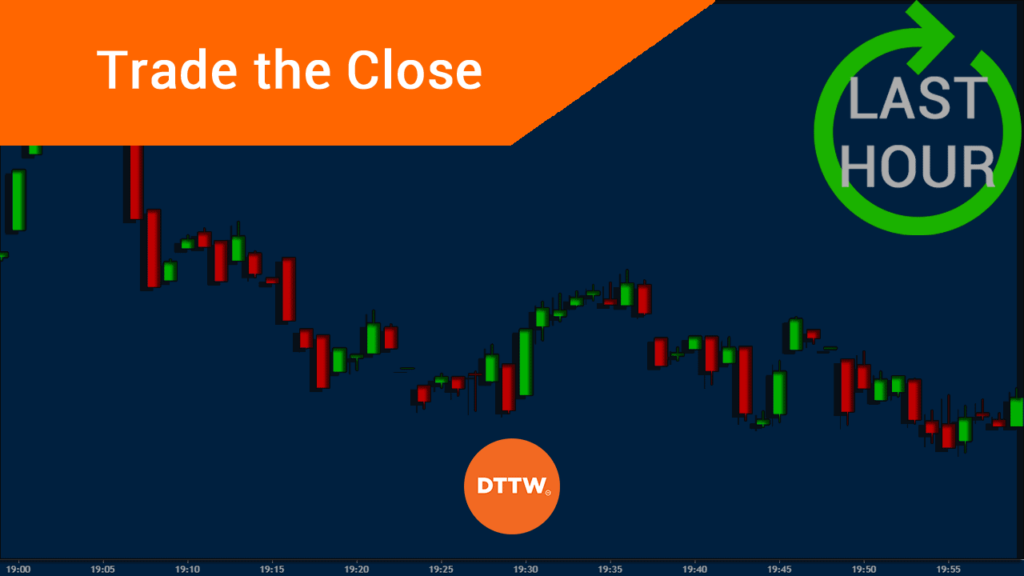The stock market in the United States is active for the most part of the trading day. However, most market action usually happens at the open and close.
When the market opens, millions of orders that were placed during the premarket are executed. At the closing period (the power hour), a lot of orders are closed since many day traders avoid leaving their trades open overnight.
Therefore, in this article, we will look at some of the strategies to use when the market is about to close.
Market open and closing time in the US
As mentioned above, the market in the United States opens at 09:30 and then closes at 16:00 ET. This period is known as the regular session of the financial market.
However, in reality, the market is usually open for more periods than this. As we have written before, there is what is known as extended hours like the pre-market and post-market.
The pre-market period starts at about 08:00 ET and runs until 09:30. Post-market, also known as after hours, on the other hand extends from 17:00 ET to 20:00 ET. In the two sessions, you can place limit orders for most Nasdaq stocks and ETFs.
Extended hours differ from regular hours because of the amount of liquidity in the market and because of how the orders are executed. In the extended hours, orders are executed using the electronic communication system while in the regular hours, they are executed by market makers.
»Why Market Liquidity Matters«
Why the last hour is important
There are several reasons why the last hour of the session is important.
Avoid overnight open positions
First, as mentioned above, many day traders try to avoid leaving their trades open overnight. Therefore, they usually exit their trades before the end of the day. As always, when there is this substantial sell-off, there is a possibility that stocks tends to lag.
Less noise and slippage
Second, there is usually less noise when the session is about to close. For one, during the open, we regularly see a lot of movement as traders digest the overnight reports and early market calls. Therefore, the amount of volatility tends to be relatively lower.
In line with the second point, the cost of trading during the end of session is usually lower. In the past few months, however, this point is not valid since most brokers are now offering free trades.
It is also applicable because of slippage. Slippage happens when you place an order at a certain point and is then executed at another price. It happens mostly in a period of high market volatility.
Market reactions to news
Third, many companies wait for the after-hours or the final hour to release their news. They do this with the goal of fading the market reaction. This tends to lead to higher volatility and ideal entry and exit signals.
How do you trade stock in the last hour?
Ideally, there is no special strategy you should apply when trading during the final hour of the session. Some of the top approaches to use are:
- Using technical indicators – Some of the best indicators for day trading are moving averages and the VWAP. Always buy and hold when the price is above the VWAP or your preferred average.
- Use price action – You should use several price action trading strategies when you are trading in the final trading session. Some of these include using triangle and rising wedge patterns.
- Use limit orders – If you don’t trade in the extended hours, you can use the closing period to set limit orders.
For example, if the stock closed at $20, you could create a buy stop at $21 and a take-profit at $23. At the same time, you could place a sell-stop at $19 and a take-profit at $18. Therefore, if the stock jumps when it opens the following day, the first trade will be executed. If it falls, the sell-stop will be executed.
What to look at when trading the close
There are several things you need to look at when you are trading the end of the session.
Multi-time analysis
First, conduct a multi-time analysis to identify potential support and resistance levels. This will help you especially when you are using the last strategy we have mentioned above.
Stock performance & volume
Second, look at how the stock performed in a certain period and whether any special pattern is emerging. Third, look at whether this pattern is being supported by volume. As we have written before, using volume in the market can help you know whether a trend will go on or not.
News
Finally, look at the news to see what to expect when the market opens the following day. This is especially important when you plan to leave your trades open the day after. As such, look at the major news publications and the earnings calendar during this period.
»Breaking news vs Price Action«
Final thoughts and risks involved
In this article, we have looked at what the power hour is and why it matters to day traders. We have also looked at some of the key strategies to use when trading during this period.
Still, there are some key risks involved. For example, there are the risks associated with volatility and at times, low liquidity during the hour. Also, there are risks of leaving the trade open overnight.
